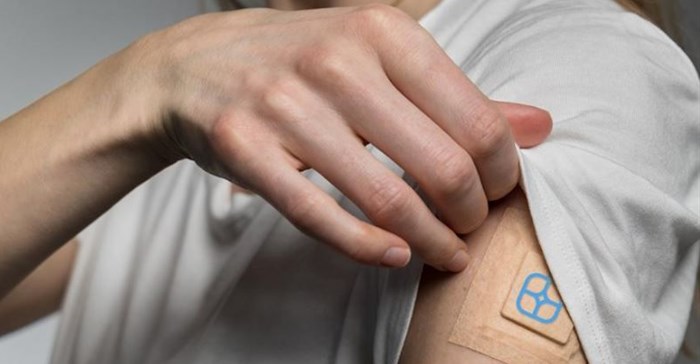
Top stories






FinanceA practical guide to building a better credit score in South Africa - Finance365
Finance365 3 Dec 2025
More news


Marketing & Media
Disney magic comes to malls and airports across South Africa




























The proof-of-concept project, carried out jointly with Warsaw, Poland-based Bioton, has just concluded, with an active form of insulin successfully transferred using Biotts' patented transdermal technology.
The project objectives have been met with results so promising that both companies are prepared to proceed to the next phase.
“This is a major breakthrough. In addition to proving that insulin can successfully be delivered through the skin, this study also demonstrated that insulin administered in this way can persist in the body significantly longer compared with injected insulin,” says Paweł Biernat, chief technology officer and co-founder of Biotts.
“Animal testing showed that when insulin was transferred through the skin it remained at a constant level in the body for at least five days, comparing very favourably with injected insulin, which remains active for less than one day.
"It is also worth noting that the insulin administered in transdermal form, had a much more stable concentration profile than that delivered by injection, which is a prime benefit of transdermal drug delivery.”
Biernat cautions that while these results are very impressive, the company is still in the early stages of its research.
“This is another innovative project for Bioton in an effort to help patients with diabetes. Using existing and new molecules with this new drug-delivery mechanism will make our products more widely available, as well as reduce the burden for people with diabetes.
"We are proud to be on this journey with another Polish biotech company. Biotts and we remain committed to improving patient care,” says Bioton chief executive officer Jeremy Launders. He adds that drug-delivery devices have a pivotal role in ensuring effective treatments and enhancing the quality of life of patients.
Positive results from the proof-of-concept study have proven the effectiveness of Biotts’ patented transdermal carrier system MTC-YTM once again.
Biotts has demonstrated that large molecules, much larger than the 500 Da (human insulin is a 5808 Da - monomer - molecule) reported in earlier studies, can be efficiently transported through the skin. Insulin in the form of a transdermal patch can realistically improve patient care and convenience while significantly reducing medical waste.
“An important takeaway from the study is that we showed bioavailability of transdermal insulin of 55%. This means that patients with type 1 diabetes will be able to replace up to 20 insulin injections over a period of five days with a single patch that only needs to be worn for a few hours.
"Thus, patients will receive better and more comfortable treatment, without an increase in the cost of therapy, and without generating excess medical waste.
"This confirms that this state-of-the-art product can be a viable alternative for patients who are seeking non-invasive alternatives to diabetes treatment. The number of these patients is increasing every year. This is especially meaningful considering the impact this can have on children with T1D, particularly in the developing world.
"Our goal is to provide patients with effective treatment in the most convenient way possible, and the proof-of-concept results demonstrate that we are getting closer than ever to fulfilling that promise," says Jan Henk Hendriks, chief executive officer of Biotts.
The company is currently taking next steps to bring transdermal insulin to market and make it available to patients around the world as quickly as possible, conceivably as soon as 2027.